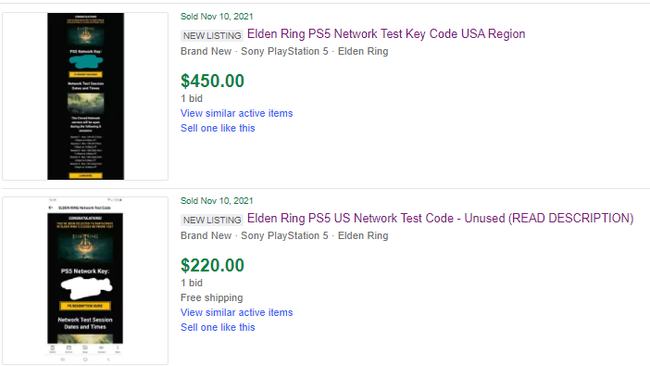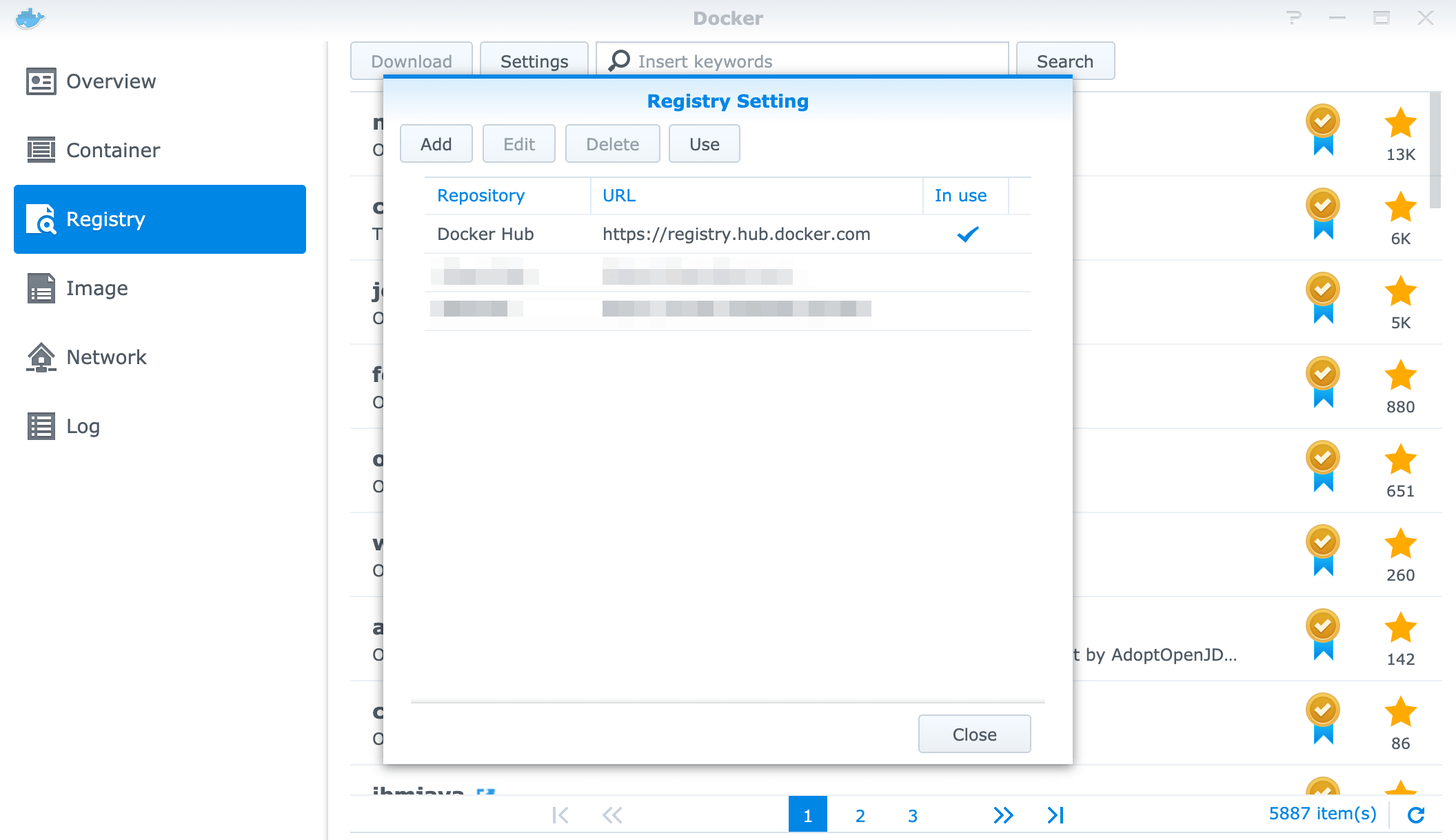

Like all CIP Networks, EtherNet/IP utilizes the Common Industrial Protocol (CIP™) for its upper layers. Options for industrially rated devices incorporating IP67 or better rated connectors with module and network status LEDs with device labeling provide ease of use.

Compliance with IEEE Ethernet standards provides users with a choice of network interface speeds - e.g., 10, 100 Mbps and 1 Gbps - and a flexible network architecture compatible with commercially available Ethernet installation options including copper, fiber, fiber ring and wireless. QuickConnect™ functionality allows devices to be exchanged rapidly (e.g., a tool changer on a robot arm) while the network is running. Through its reliance on standard Internet and Ethernet standards, EtherNet/IP is proven, complete and ready for Industry 4.0 and IIoT both today and tomorrow.ĮtherNet/IP offers various network topology options including star or linear with standard Ethernet infrastructure devices, or device level ring (DLR) with specially enabled EtherNet/IP devices. To capitalize on this opportunity and be able to connect all devices – not just those connected to controllers – industrial users must invest in networks that support the Internet Protocol. The Industrial Internet of Things (IIoT) and Industry 4.0 are providing manufacturers with significant opportunity for innovation. EtherNet/IP™ is a best-in-class Ethernet communication network that provides users with the tools to deploy standard Ethernet technology (IEEE 802.3 combined with the TCP/IP Suite) in industrial automation applications while enabling Internet and enterprise connectivity…data anytime, anywhere.


 0 kommentar(er)
0 kommentar(er)
